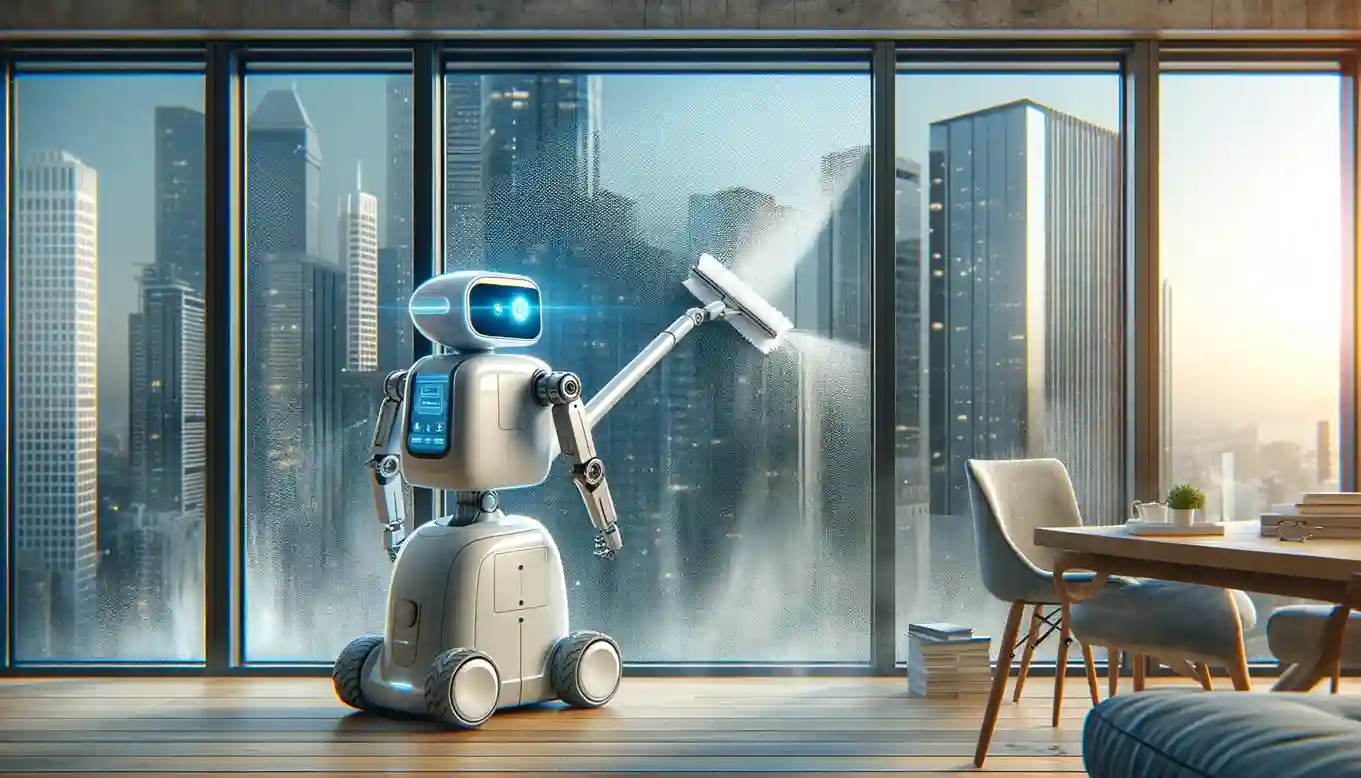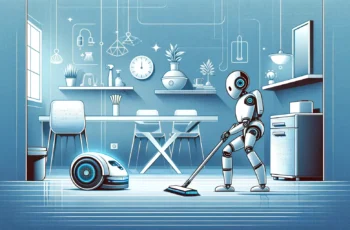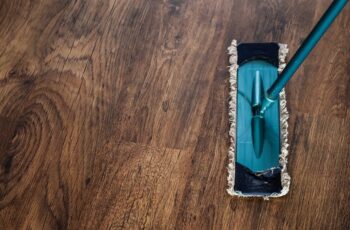As we step into 2024, the window-cleaning industry is witnessing transformative Traditional methods are being overshadowed by the rise of automated technologies that promise to deliver not only sparkling windows but also a novel experience in maintenance and efficiency. With growing popularity in office environments and businesses, window cleaning robots are poised to redefine the standards of cleanliness.
What is a Window Robot?
A window robot is an automated device designed specifically for cleaning glass and tiled surfaces. Utilizing suction power and air pressure, these robots attach firmly to vertical surfaces and employ cleaning solutions and mopping pads to remove dirt, dust, and grime effectively. The shift towards these intelligent machines is largely due to their built-in programs allowing autonomous operation, increased safety, and convenience compared to traditional methods.
How Do Window Robots Work?
These robots are equipped with powerful suction that allows them to cling to glass surfaces and navigate vertically. As they move, they clean the surfaces beneath them, with built-in dispensers dampening the cloth to loosen tough stains. They leverage sensors and mapping technologies to avoid obstacles and optimize cleaning paths. A standout in this field is the WINBOT W1 PRO, which utilizes a high-precision sensor to detect window edges and ensure comprehensive cleaning.
Benefits of Robotic Window Cleaning
Delve into the array of benefits provided by robotic window cleaning technology, showcasing how they elevate and transform the task of window maintenance:
- Efficiency: Robots streamline the window cleaning process, delivering faster and more consistent results than traditional methods.
- Safety: By operating at high elevations, they minimize the risk to human cleaners working at dangerous heights.
- Convenience: Equipped with programmable features, these systems can be scheduled to clean at any time, offering hands-off operation.
- Spotless Results: Robotic cleaners use advanced algorithms to ensure every inch of the window is covered, resulting in a streak-free shine.
- Enhanced Visibility: By maintaining clean windows, they improve the clarity and view from inside the building.
- Aesthetic Maintenance: Clean windows contribute to the building’s overall appearance, reflecting well on the property’s upkeep.
- Accessibility: They make it possible to clean areas that might be difficult or unsafe for humans to reach, such as complex architectural features or very tall buildings.
Comparing Traditional and Robotic Methods
The shift from traditional to robotic window cleaning signifies a revolution in the industry, offering a stark contrast in methods. While traditional cleaning has its place, robotic solutions introduce unmatched efficiency and safety, eliminating the risks and inconsistencies of manual labor. These automated systems ensure a uniformly high-quality clean across vast window areas, reducing the physical strain on workers and aligning with the modern trend towards safer, more efficient building maintenance. This transition not only reflects technological advancement but also a broader move towards automation in facilities management, highlighting the growing preference for innovative solutions in maintaining building aesthetics and hygiene.
The best robotic window cleaners
To highlight the best robotic window cleaners, we can explore some of the top models on the market, each known for its unique features and capabilities:
- WINBOT 880: This cleaner stands out for its advanced technology, capable of tackling various types of dirt and residue on glass surfaces. Smart navigation systems, ensure comprehensive coverage and spotless results.
- Hobot 298: Known for its ultrasonic water spray system, the Hobot 298 effectively breaks down dirt and dust, making it an excellent choice for maintaining clear windows without leaving streaks.
- Ecovacs WINBOT X: Praised for its cordless design, the WINBOT X offers the flexibility to clean windows without the constraint of power cables, providing a convenient solution for hard-to-reach areas.
- Gladwell Gecko: The Gecko robot cleaner is celebrated for its user-friendly interface and efficient cleaning patterns, making it a popular choice for residential and commercial users seeking a reliable window cleaning solution.
- Alfawise S60: This model is favored for its cost-effectiveness, delivering a good balance of performance and affordability, making robotic window cleaning accessible to a broader audience.
Evaluating the Pros and Cons of Robotic Window Cleaners
Evaluating the pros and cons of robotic window cleaners reveals their impact on modern window maintenance:
Positives of Robotic Window Cleaners:
- High Efficiency: Completes cleaning tasks quickly and thoroughly, saving time.
- Safety: Minimizes the risk of accidents by reducing the need for human cleaners to work at heights.
- Ease of Use: Can be operated with minimal effort and often remotely, enhancing user convenience.
- Consistent Quality: Delivers uniform cleanliness without the variability of human performance.
- Advanced Features: Equipped with technology like edge detection and pressure sensors to optimize cleaning and protect windows.
Negatives of Robotic Window Cleaners:
- Initial Cost: The upfront investment can be significant compared to traditional cleaning tools.
- Suitability Issues: May not perform optimally on windows with irregular shapes, heavy staining, or extreme conditions.
- Maintenance Requirements: Regular check-ups and cleaning to keep functioning correctly.
- Dependence on Technology: Relies heavily on sensors and software, which can malfunction or require updates.
- Power Constraints: Battery life or cord length can limit cleaning range and duration, affecting efficiency.
User Experience and Adoption
User experience and adoption rates of robotic window cleaners are increasingly positive, reflecting a growing trend toward automation in home maintenance. Consumers are expressing satisfaction with the efficiency and effectiveness of these devices, noting significant time savings and the high standard of cleanliness achieved. The convenience of setting regular cleaning schedules and the ability to maintain clean windows with minimal effort is frequently highlighted in user reviews. This feedback underscores a shift in consumer trust towards robotic cleaners, with many appreciating the consistent, streak-free results and the safety benefits of minimizing manual cleaning, especially in hard-to-reach or dangerous areas. As these technologies continue to evolve and integrate more seamlessly into smart home systems, their popularity and acceptance are expected to rise, further cementing their place in the market.
Maintenance and Upkeep of Robotic Window Cleaners
Maintaining robotic window cleaners is crucial to ensure their longevity and optimal performance. Regular checks and cleaning are essential; this includes inspecting the device for wear and tear, ensuring the cleaning pads are free from debris, and checking that the sensors and moving parts are functioning correctly. Manufacturers typically offer comprehensive guidelines on how to care for these devices, including advice on storage, battery management, and cleaning the machine itself. Adhering to these recommendations helps prevent common issues such as decreased suction, ineffective cleaning, or operational malfunctions. By conducting routine maintenance, users can extend the lifespan of their robotic window cleaners and ensure they continue to operate efficiently, providing spotless windows and improved visibility consistently.
Cost Analysis and Market Trends
The financial consideration of robotic window cleaners involves analyzing the initial purchase cost against the long-term benefits and savings. While these devices can be an investment, with high-end models commanding premium prices due to advanced features and efficiency, the market also offers more affordable options as the technology becomes widespread. The cost-benefit analysis should account for the savings in manual cleaning expenses, the reduction in time spent on cleaning tasks, and the potential for lower risk of accidents and related liabilities, especially in commercial settings. Over time, the convenience and efficiency provided by robotic window cleaners can justify the upfront expense. Additionally, market trends indicate that as these technologies mature and demand increases, prices are likely to become more competitive, making robotic window-cleaning solutions an increasingly viable option for a broader audience.
Conclusion
As we embrace the future of window cleaning, robotic solutions stand out as key players in the field. Their role in streamlining cleaning tasks is undeniable, and their continued evolution promises even greater efficiency and integration into the cleaning routines of tomorrow.
FAQs:
As of 2022, the global window cleaning robot market was valued at USD 85.17 million and is expected to expand to USD 264.18 million by 2030, growing at a CAGR of 15.2% from 2023 to 2030.
While robots can perform cleaning tasks efficiently, they lack the personal touch and attention to detail that human cleaners can provide. They cannot replace the care and attention that a human cleaner can bring to the job.
The global cleaning robot market is estimated at USD 45 billion in 2024 and is expected to reach USD 45.64 billion by 2029, growing at a CAGR of 0.28% during the forecast period (2024-2029).
Yes, the Winbot W2 robotic window cleaner is designed to attach to windows like a robot vacuum, defying gravity. It features three nozzles for a wide-angle spray that covers the cleaning area as it goes along, without allowing any drippage.



